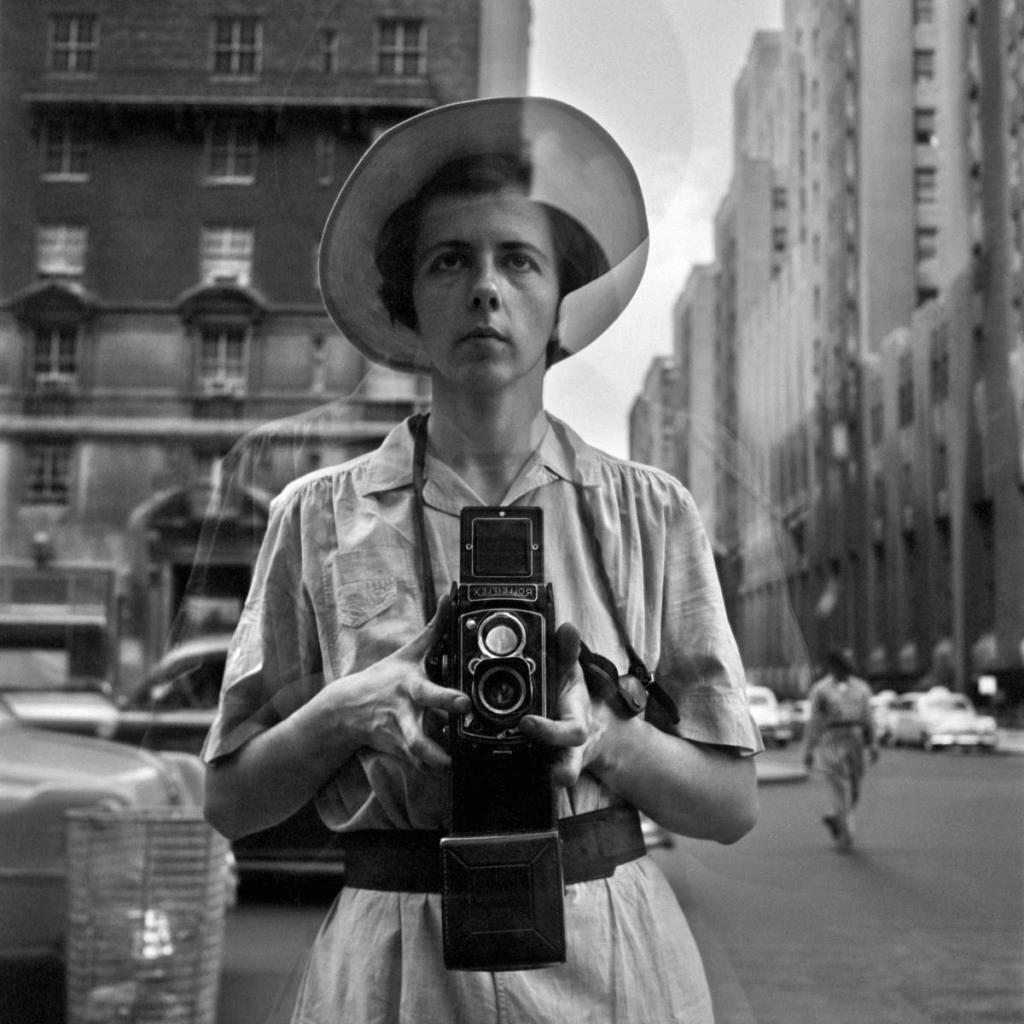Our Framing Streets Ideas
Table of ContentsSome Known Details About Framing Streets The Ultimate Guide To Framing Streets8 Easy Facts About Framing Streets DescribedTop Guidelines Of Framing StreetsOur Framing Streets StatementsSome Ideas on Framing Streets You Need To Know
, generally with the objective of capturing pictures at a crucial or poignant moment by mindful framing and timing. https://www.easel.ly/infographic/04m0k9.
Consequently his boots and legs were well defined, yet he lacks body or head, because these remained in movement." Charles Ngre, waterseller Charles Ngre. https://www.intensedebate.com/people/framingstreets1 was the very first professional photographer to acquire the technical refinement needed to sign up people in motion on the road in Paris in 1851. Photographer John Thomson, a Scotsman functioning with reporter and social lobbyist Adolphe Smith, released Road Life in London in twelve regular monthly installations starting in February 1877
An Unbiased View of Framing Streets
Eugene Atget is concerned as a progenitor, not because he was the very first of his kind, but as a result of the popularisation in the late 1920s of his record of Parisian streets by Berenice Abbott, that was influenced to embark on a comparable documents of New york city City. [] As the city created, Atget aided to advertise Parisian streets as a deserving subject for digital photography.

Not known Incorrect Statements About Framing Streets
The principal Mass-Observationists were anthropologist Tom Harrisson in Bolton and poet Charles Madge in London, and their very first record was produced as the publication "May the Twelfth: Mass-Observation Day-Surveys 1937 by over 2 hundred onlookers" [] Home window cleaner at Kottbusser Tor, Berlin, by Elsa Thiemann c. 1946 The post-war French Humanist School digital photographers found their topics on the road or in the bistro. Andre Kertesz.'s commonly appreciated Images la Sauvette (1952) (the English-language version was labelled The Crucial Minute) advertised the concept of taking an image at what he labelled the "decisive moment"; "when kind and web content, vision and composition merged right into a transcendent whole" - copyright a9iii.
Rumored Buzz on Framing Streets
The recording maker was 'a concealed cam', a 35 mm Contax concealed underneath his coat, that was 'strapped to the upper body and linked to a lengthy cord strung down the ideal sleeve'. Nevertheless, his work had little modern effect as due to Evans' level of sensitivities concerning the originality of his task and the personal privacy of his subjects, it was not released up until 1966, in guide Several Are Called, with an intro written by James Agee in 1940.
Helen Levitt, after that an instructor of young kids, related to Evans in 193839. She recorded the temporal chalk drawings - photography presets that became part of children's street society in New York at the time, in addition to the youngsters who made them. In July 1939, Mo, MA's new photography area consisted of Levitt's operate in its go right here inaugural exhibitRobert Frank's 1958 publication,, was significant; raw and often out of emphasis, Frank's photos questioned conventional digital photography of the moment, "tested all the official policies put down by Henri Cartier-Bresson and Pedestrian Evans" and "flew in the face of the wholesome pictorialism and wholehearted photojournalism of American publications like LIFE and Time".